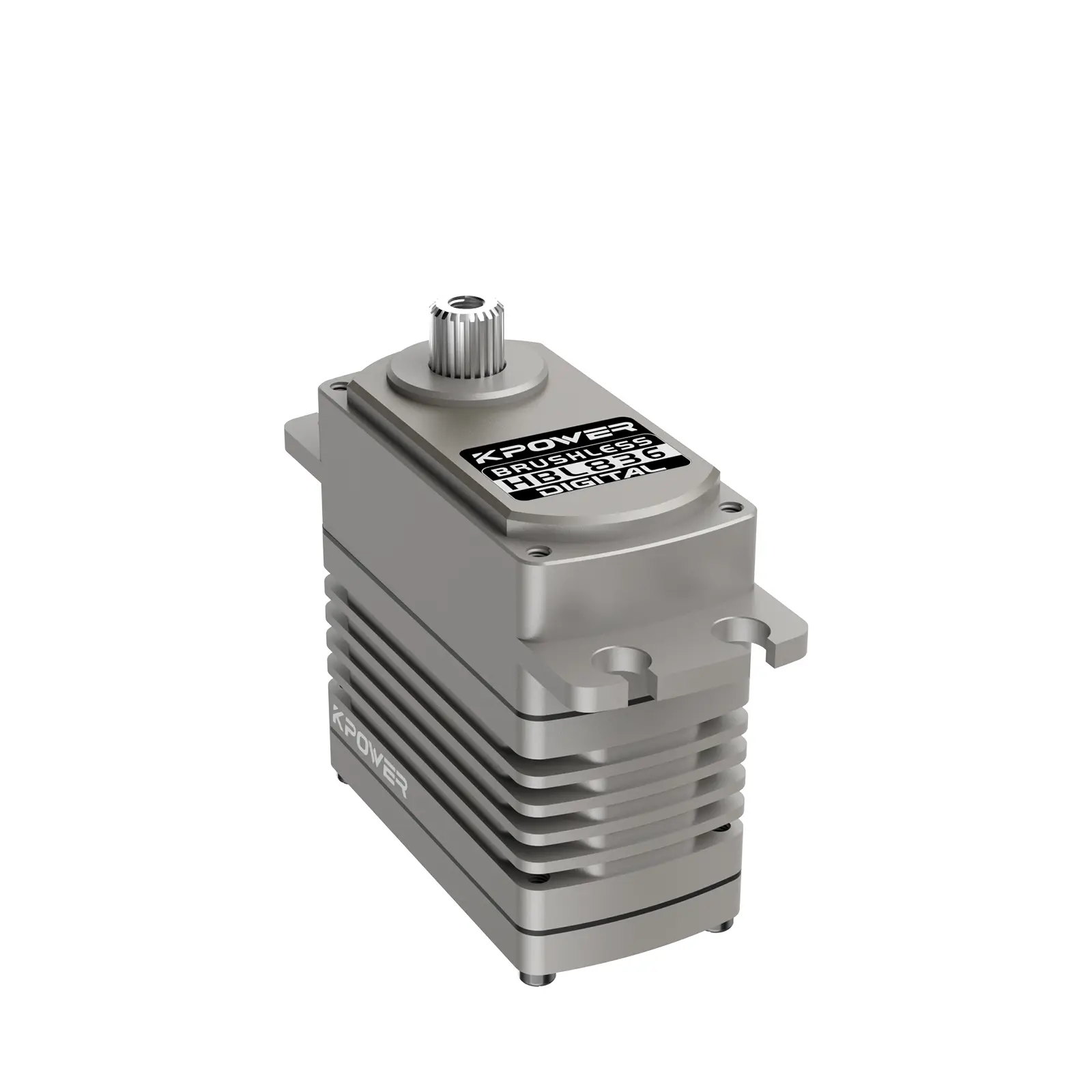Imagine a tiny powerhouse that keeps machines moving with precision and finesse—that’s what servomotors do. They might be small, but don’t let their size fool you. These little marvels are the heartbeat behind robots, CNC machines, and even camera auto-focus systems. They’re the unsung heroes of automation, turning raw electrical energy into controlled, accurate motion.

Ever wonder how a robot arm moves so smoothly? That's where servomotors shine. They work on a simple but powerful principle: a closed-loop control system. Instead of just spinning once, these motors constantly receive feedback, adjusting their position or speed accordingly. Think of it like a GPS guiding a drone—always recalibrating to stay on course. This real-time correction is what allows for such high precision. It's like the difference between trying to get a shot right by guesswork versus having a seasoned sniper aim and adjust with each shot.
Let’s dig into that a bit further. When a command is issued, the motor doesn’t just start spinning wildly. Instead, there's a controller that sends signals based on the desired target position. An encoder or resolver collects data about where the motor currently is. If a mismatch appears—say, the motor is slightly off—feedback prompts the controller to send corrective signals. The result? The motor slowly and steadily reaches the perfect position, then holds it with minimal error.
What makes servomotors so appealing? It mostly comes down to control and reliability. They’re designed to repeat actions with pinpoint accuracy, which means you can trust them to handle delicate tasks or heavy-duty operations. Their responsiveness makes them excellent for robotics, where quick, precise changes are gold. Plus, they can be integrated into complex systems, syncing seamlessly with sensors and other components.
Thinking about applications, it’s like each industry has a favorite game plan for servomotors. Automotive manufacturing? Think about assembly lines with robotic welders. Electronics? Precise placement of tiny components on circuit boards. Even medical equipment benefits from their meticulous control—automated surgical tools, for example, rely heavily on servomotor precision. They’re everywhere, subtly powering the modern world’s automation backbone.
Are you curious about durability? A modern servomotor can last years if maintained properly, thanks to robust designs and quality materials. They can withstand tough environments too, making them suitable for harsh industrial settings. Their efficiency is no joke—they consume less power when compared to traditional motors, especially because they only use the energy they need for the task at hand.
If you're pondering whether a servomotor fits your project, ask yourself: Do I need precise control? Will this move require quick adjustments? Is reliability a priority? If the answer is yes, then a servomotor is probably your best bet.
In a nutshell, servomotors are like the conductor of an orchestra. They keep everything in harmony, ensuring each movement is smooth, accurate, and efficient. They’re not just components; they are the silent orchestrators of modern automation, turning complex tasks into seamless operations. And it’s that reliability, precision, and responsiveness that make them stand out.
Established in 2005, Kpower has been dedicated to a professional compact motion unit manufacturer, headquartered in Dongguan, Guangdong Province, China. Leveraging innovations in modular drive technology, Kpower integrates high-performance motors, precision reducers, and multi-protocol control systems to provide efficient and customized smart drive system solutions. Kpower has delivered professional drive system solutions to over 500 enterprise clients globally with products covering various fields such as Smart Home Systems, Automatic Electronics, Robotics, Precision Agriculture, Drones, and Industrial Automation.




































